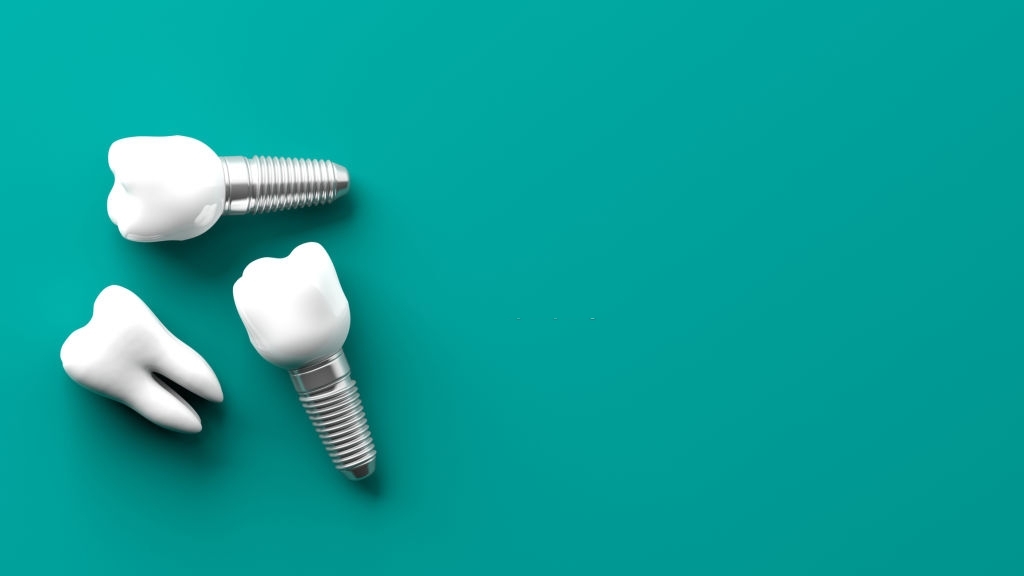Introduction
Maintaining proper dental hygiene is crucial for a healthy smile, but it is especially crucial during orthodontic treatment. The oral hygiene routine becomes even more important when someone has braces. Using any dental appliance increases the risk of food and bacteria getting stuck between the teeth.
There are higher chances of getting gum disease and tooth decay if you do not practise good oral hygiene. You might notice that your teeth get ugly stains, mainly around the brackets that were bonded to them during treatment.
Specifically, those patients receiving treatment with fixed appliances who had poor oral hygiene had a higher occurrence of white spot lesions, gingivitis, and periodontitis. The findings of this inclusive research show how crucial dental hygiene is during orthodontic treatment.
It is crucial for patients to practise good dental hygiene during orthodontic treatment because failing to do so can have adverse impacts on their quality of life, such as enamel demineralization and gingival irritation.
The Basics of Orthodontics
The dental specialty of orthodontics focuses on refining your bite and levelling the teeth. If the teeth are kinked, overlapped, twisted, or gapped, you may need to visit the best orthodontist. Traditional braces, clear aligners, and removable retainers are common orthodontic treatments.
Common Orthodontic Problems
- Underbite
- Crossbite
- Overbite
- Overjet
- Spacing
- Open Bite
- Dental midlines do not match.
Know how orthodontic appliances work.
Orthodontics focuses on improving your smile and straightening your teeth. Traditional braces, clear aligners, and detachable orthodontic retainers are commonly used orthodontic treatments.
commonly used for orthodontics
- Braces
- Ceramic braces
- Lingual braces
- Clear aligners
Dental Hygiene Essentials
The good brushing routine
Teeth should be cleaned at the gum line as well as both above and below the braces. Hold the toothbrush at a 45-degree angle and start by cleaning your gum line. Clean the brackets by brushing upward at the bottom of the braces and down at the top of the brackets. After brushing, rinse thoroughly with tap water.
- Align the bristles of your toothbrush at a 45-degree angle against the gum line, placing the head next to your teeth.
- Gradually rotate the brush’s head in small circles while maintaining the bristles’ stillness at the gum line.
- Brush in a sweeping motion away from the gum line while counting from one to ten.
- Brush each tooth’s outer, inner, and chewing surfaces in circular motions.
- Use the front of the toothbrush to make several light circular motions while leaning it upright to clean inside the front teeth.
- Make sure you brush for at least three minutes. The majority of people brush for less than a minute, which is insufficient to completely get rid of the bacteria that cause cavities.
Importance of flossing and interdental cleaning
To remove food particles stuck between the teeth, dental floss and other interdental cleaners such as small brushes, plastic picks, or water flossers are also used to remove the bacterial film that develops there before it has a chance to convert into plaque.
Preventing dental complications
- Brush with fluoride toothpaste after dinner. a
- Rinse your mouth thoroughly.
- Visit your dentist frequently.
- Avoid frequent snacking and beverages.
- Eat tooth-healthy foods like carrots.
- Consider fluoride treatments.
The Link Between Dental Hygiene and Treatment Duration
Periodontal disease and the link between oral health and general health Periodontal disease is caused by a range of conditions that can raise the chance of its development. The factors that may cause periodontal disease consist of genetics, an unhealthy diet, and poor oral hygiene.
Maintaining oral health and aesthetics
- Brush twice a day for better results.
- Brush thoroughly and rinse thoroughly.
- Use fluoride-based toothpaste.
- Make dental care a daily routine.
- Reduce your intake of acidic drinks like soft and fizzy drinks.
- Limit sweet consumption.
Nutrition and Diet Guidelines
- Consume a wide range of veggies, especially dark green and orange ones.
- Consume at least one seasonal fruit every day.
- Consume 3 to 6 servings of whole-grain and high-fibre breads.
- Drink low-fat or fat-free milk and consume low-fat dairy products.
- Overpowering dental hygiene challenges
Conclusion
You have to ensure that you get the best results and a gorgeous, healthy smile by practising good oral hygiene, eating a sugar-free diet, and scheduling routine check-ups with your general dentist.
This qualitative study’s findings on the influences on children’s oral health behaviours and the thoughts of parents about what more support is required to encourage children’s dental health The enhancement of caries preventive measures might be directed by parents’ references for professional dental care.



